It’s no news that carbon dioxide is harmful to your health. However, several activities release this hazardous gas into the atmosphere and there’s a need to reduce it. If you want to help reduce carbon dioxide levels, one of the best things you can do is choose the right plants for your home.
“Plants are nature’s way of cleaning the air” -Dr. Bill Wolverton
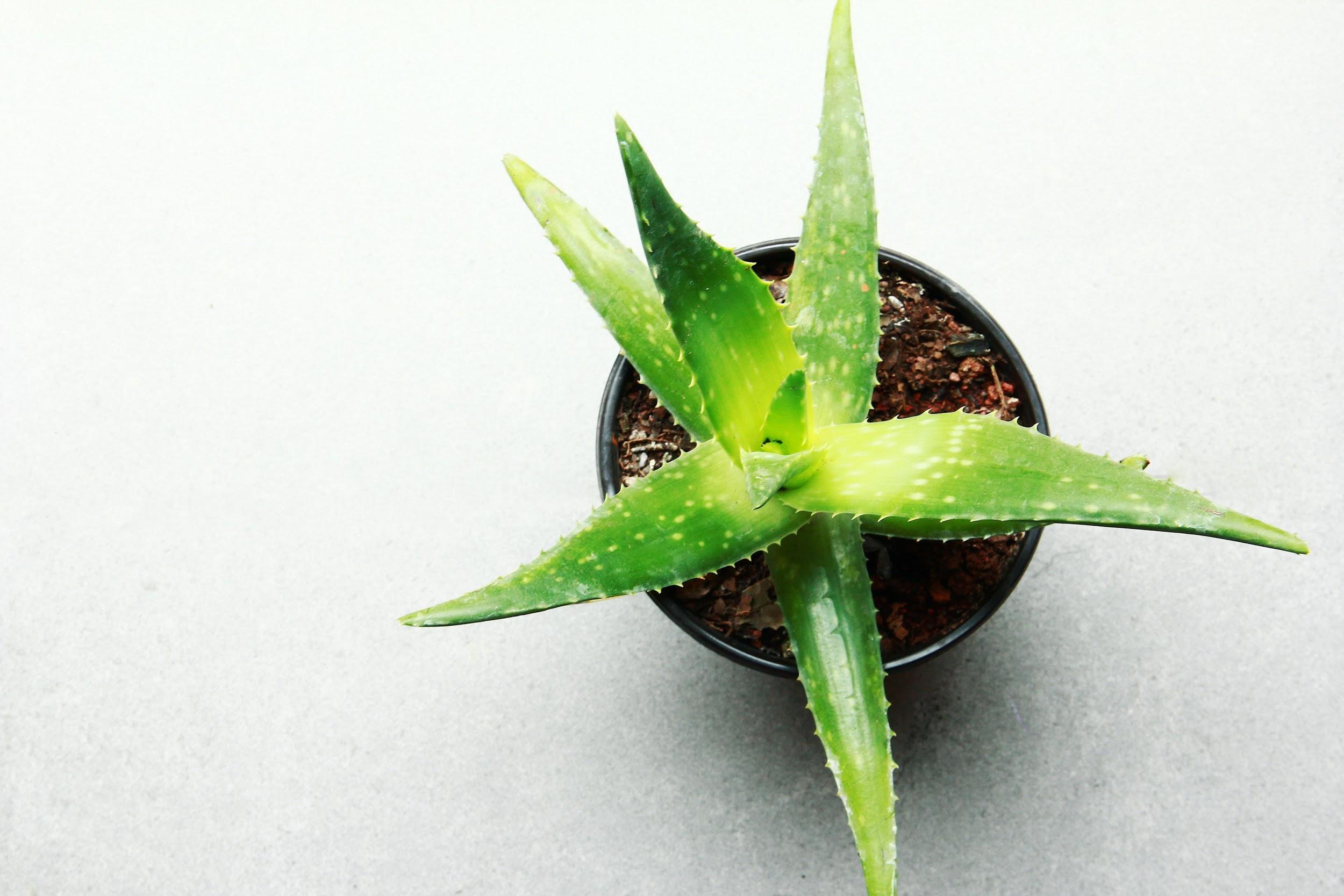
Credit: Pixabay
Besides, not all plants are equally effective at reducing carbon dioxide, but there are some great choices that can make a big difference. In this blog post, we’ll share the best indoor plants for reducing carbon dioxide levels, so you can pick the right ones for your home.
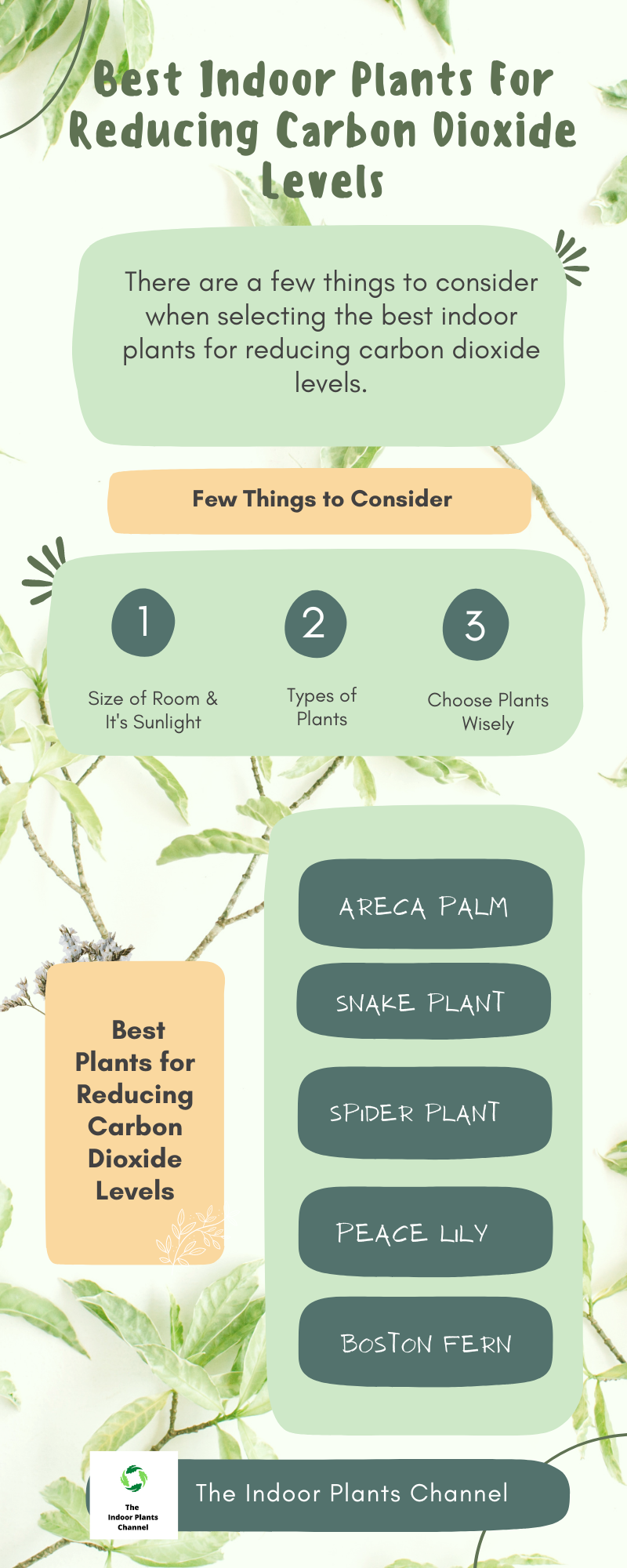
The Top Benefits Of Reducing Carbon Dioxide Levels
1. Reducing carbon dioxide levels can improve air quality.
2. Carbon dioxide is a greenhouse gas, and reducing emissions can help slow down climate change.
3. Lowering carbon dioxide levels can also help reduce smog and other air pollution.
4. Carbon dioxide emissions are a leading cause of acid rain, so reducing them can help protect the environment.
5. Reducing carbon dioxide levels can help conserve energy and save money.
The Best Indoor Plants For Reducing Carbon Dioxide Levels
There are many benefits to having plants in your home, including reducing carbon dioxide levels. While there are many different types of plants that can help with this, some are better than others.
1. Areca Palm

Credit: Pixabay
One of the best plants for reducing carbon dioxide levels is the Areca Palm. This palm is native to Madagascar and can grow up to 10 feet tall. It is a fast grower and is known for its ability to remove pollutants from the air.
Likewise, it is known for its ability to absorb carbon dioxide and convert it into oxygen. The areca palm is a great choice for placing in areas where people spend a lot of time, such as living rooms and offices.
2. Boston Fern
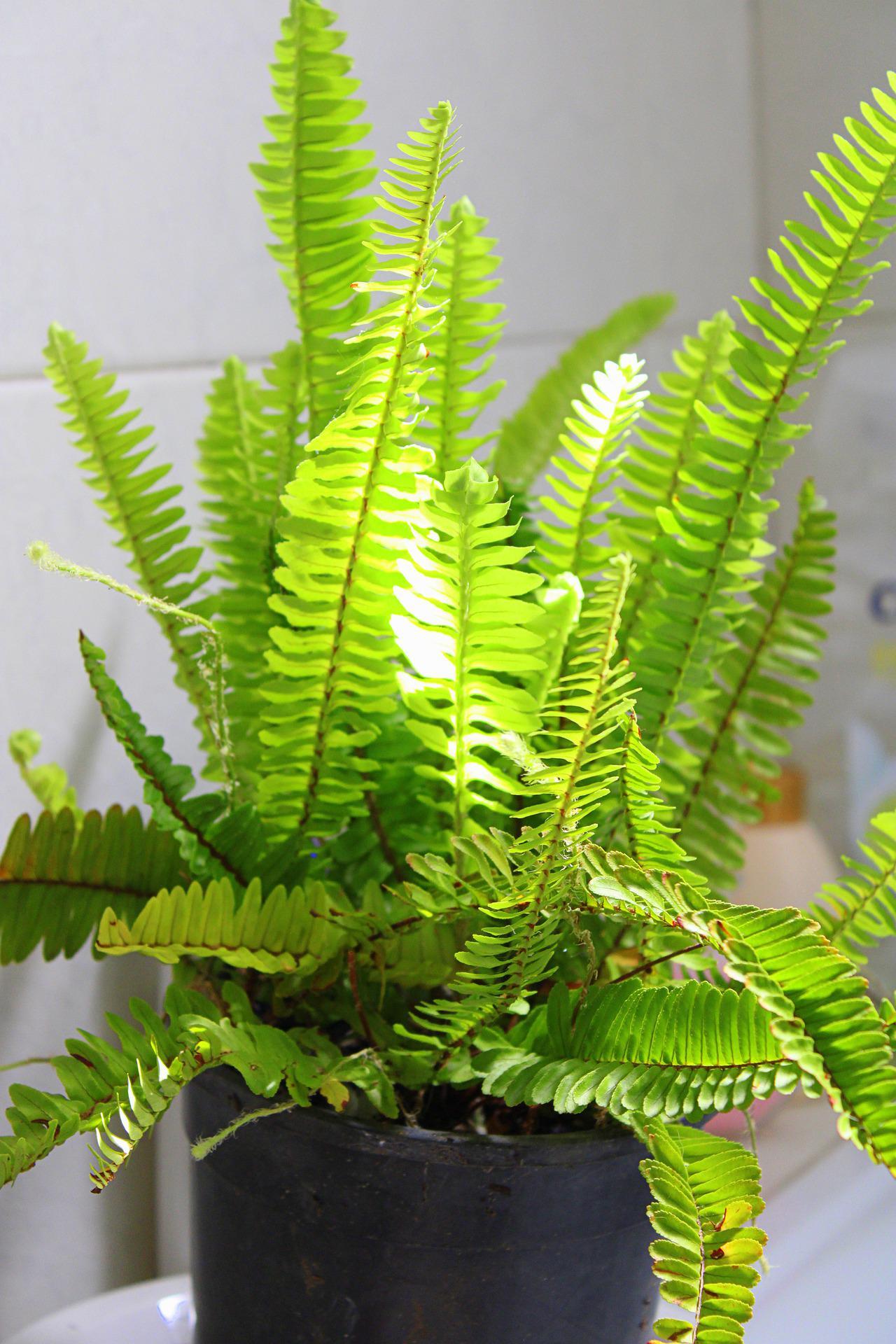
Credit: Pixabay
The fern is native to the eastern United States and can grow up to two feet tall. It is a slow grower but is very efficient at removing carbon dioxide from the air. The Boston fern is another great plant for reducing carbon dioxide levels.
It has the ability to absorb carbon dioxide and convert it into oxygen. This plant is a great choice for placing in areas where people spend a lot of time, such as living rooms and offices
3. Peace Lily

Credit: Pixabay
Peace Lily is beautiful and effective at reducing carbon dioxide levels. It is native to Sri Lanka and can grow up to three feet tall. It is also known for its white flowers and its ability to thrive in low-light conditions.
The peace lily is known for its ability to absorb carbon dioxide and convert it into oxygen. This plant is a great choice for placing in areas where people spend a lot of time, such as living rooms and offices
4. Snake Plant
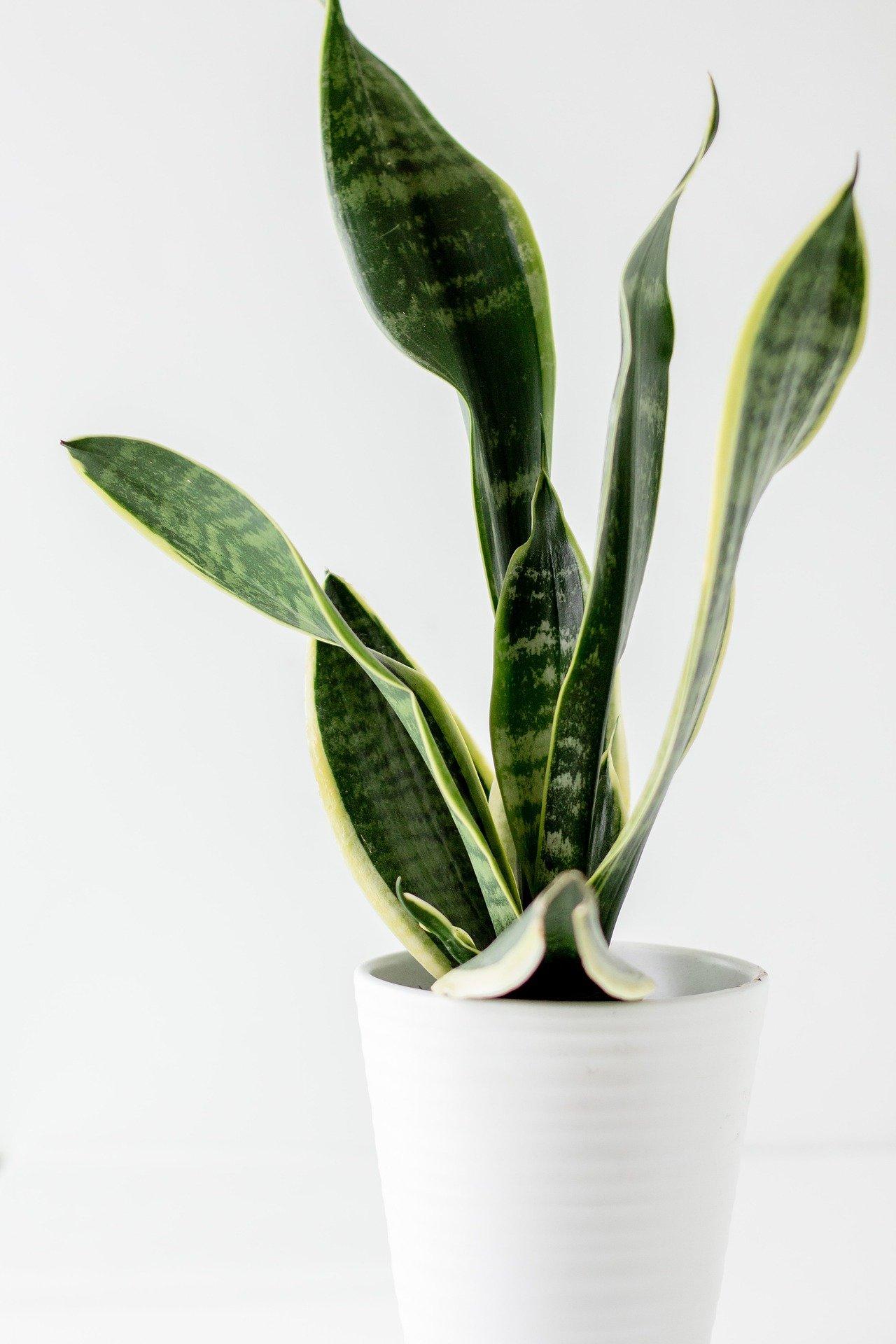
Credit: Pixabay
Snake plant is a great option for those who want a plant that is easy to care for and is effective at reducing carbon dioxide levels. This plant is native to Africa and can grow up to four feet tall. It is a slow grower but is very tolerant of neglect.
5. Spider Plants
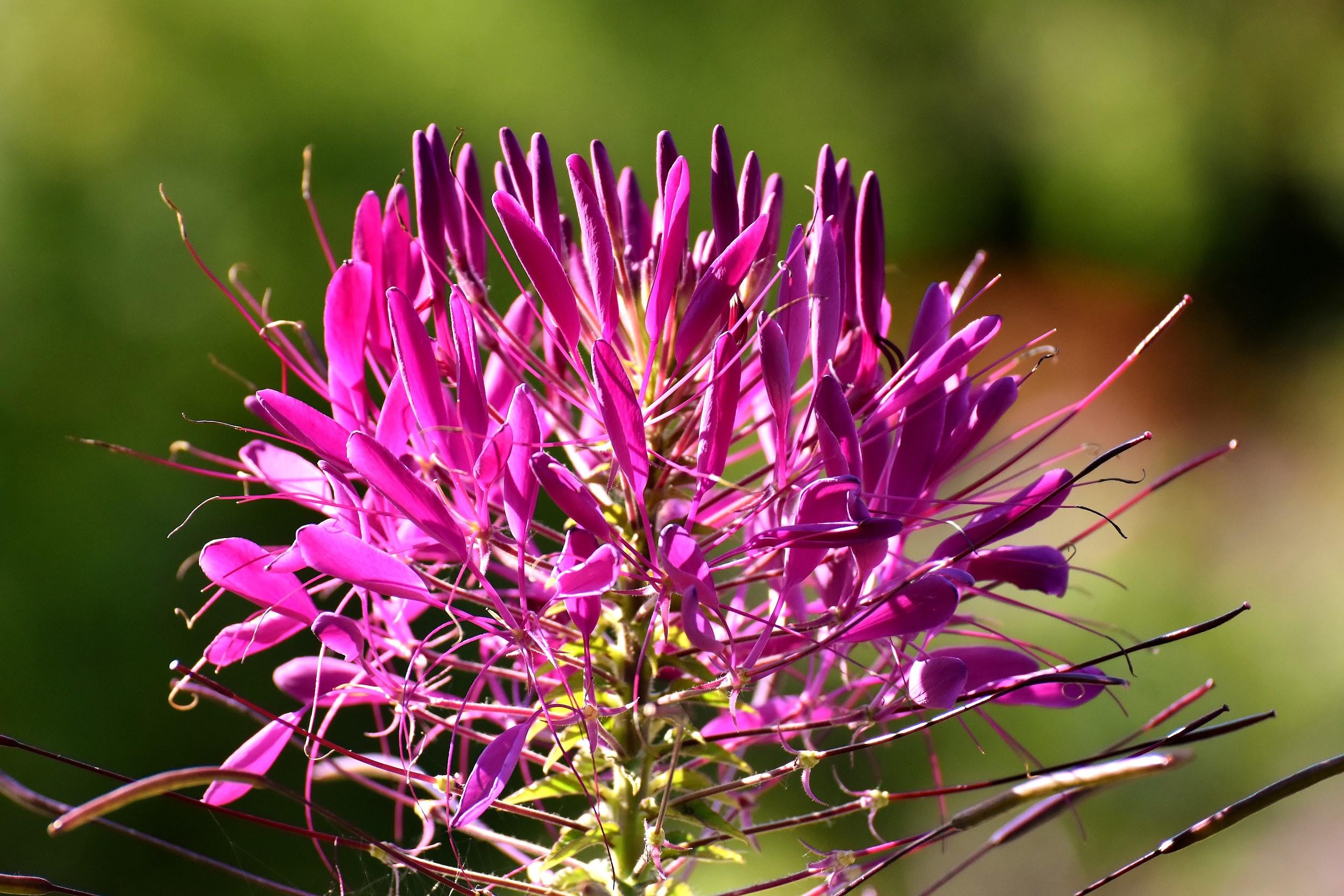
Credit: Pixabay
Spider plants are great at absorbing carbon dioxide and releasing oxygen. They’re also easy to care for, making them a great option for those who don’t have a lot of experience with plants.
6. Bamboo

Image by ulissescs from Pixabay
Bamboo is a great option for reducing carbon dioxide levels in your home. It’s a fast-growing plant that can absorb a lot of carbon dioxide. It’s also a very popular plant, so it’s easy to find bamboo plants for sales.
The bamboo palm is known for its ability to absorb carbon dioxide and convert it into oxygen. This plant is a great choice for placing in areas where people spend a lot of time e.g living rooms, kitchens etc.
7. Aloe Vera
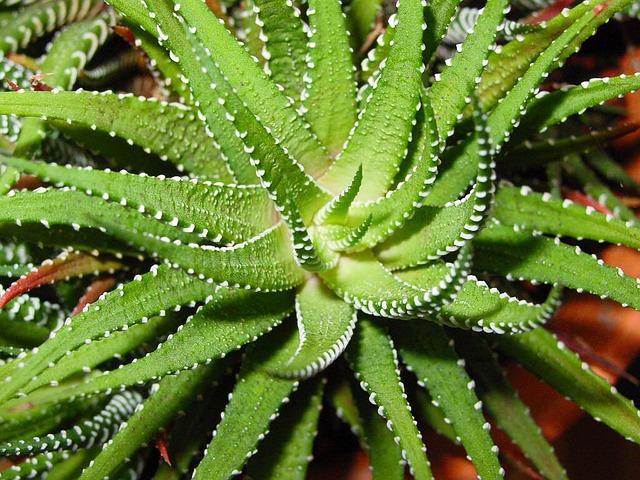
Image by Pixeleye from Pixabay
Aloe vera is a great plant for reducing CO2 levels. It’s a succulent that is easy to care for and can tolerate low light. Aloe vera is also great at purifying the air. It absorbs CO2 and releases oxygen, helping to improve indoor air quality.
8. Dragon Tree
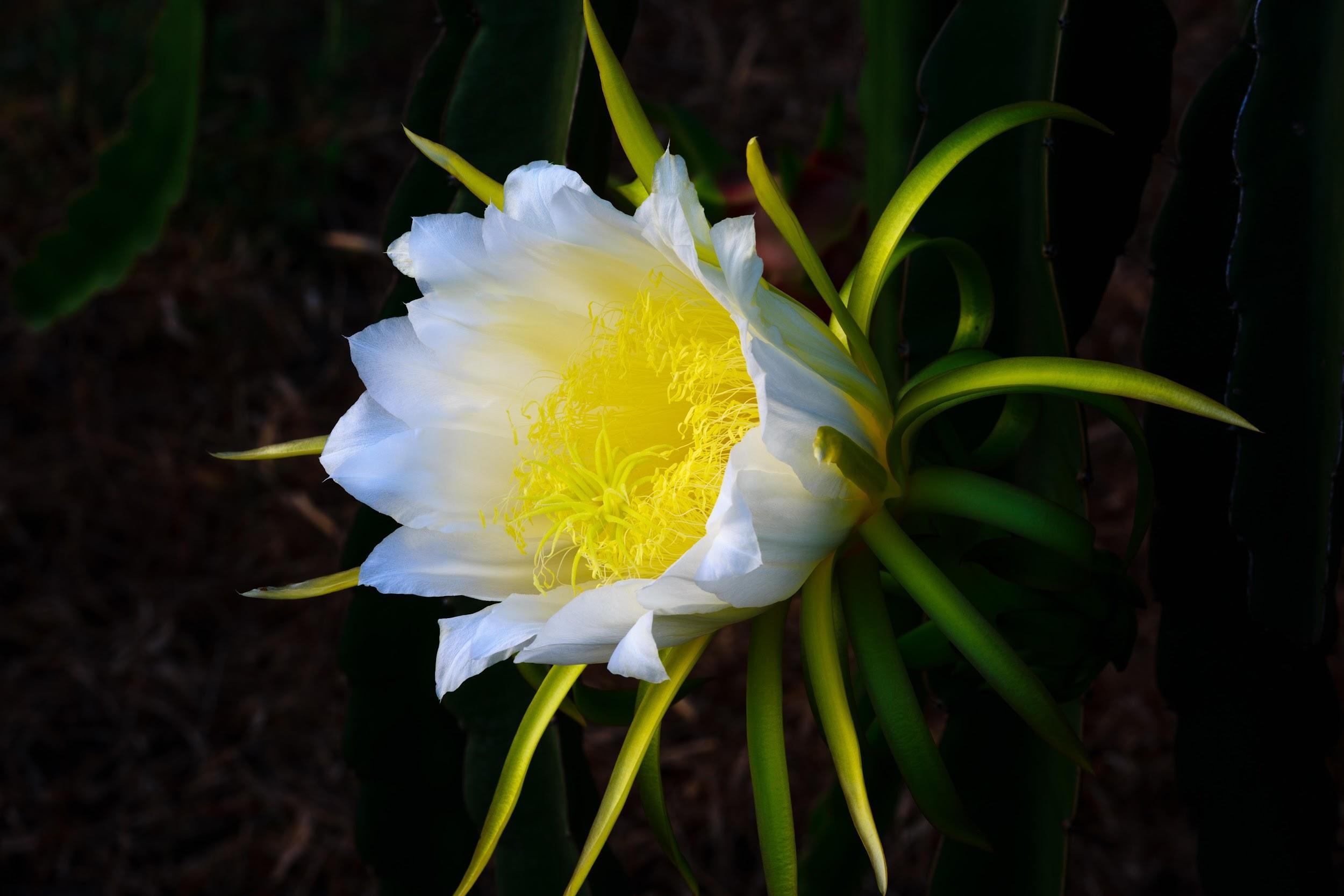
Credit: Pixabay
The dragon tree is known for its ability to absorb carbon dioxide and convert it into oxygen. This plant is a great choice for placing in areas where people spend a lot of time, such as living rooms and offices.
9. Rubber Plant

Credit: Unsplash
Rubber plants are another great plant for reducing carbon dioxide levels. The rubber plant is known for its ability to absorb carbon dioxide and convert it into oxygen. This plant is a great choice for placing in areas where people spend a lot of time, such as living rooms and offices.
How To Reduce Carbon Dioxide Levels
When it comes to climate change, carbon dioxide (CO2) is one of the main culprits. Power plants and vehicles release CO2 into the atmosphere, where it traps heat from the sun. This trapped heat is what’s responsible for global warming.
So what can we do to reduce the amount of CO2 in the atmosphere and help combat climate change? One way is to grow indoor plants.
Indoor plants help to reduce CO2 levels in two ways. First, they absorb CO2 as part of their photosynthesis process. Second, they release oxygen back into the air. This helps to create a healthy indoor environment and also reduces the amount of CO2 in the atmosphere.
There are many different types of plants that can be grown indoors, so there’s sure to be one that’s right for your home or office. Here are a few of the best options for reducing CO2 levels:
- Snake Plant
- Spider Plant
- Peace Lily
- Boston Fern
- Aloe Vera
How To Care For Indoor Plants That Help Reduce Carbon Dioxide Levels
To care for an indoor plant that helps reduce carbon dioxide levels, do the following.
- start by ensuring that the plant has enough light. Place the plant near a window where it can get direct sunlight for at least part of the day. In addition to sunlight, the plant will need water.
- Water the plant when the soil is dry to the touch.
- Be sure to fertilize the plant every few weeks to ensure that it is getting the nutrients it needs to grow.
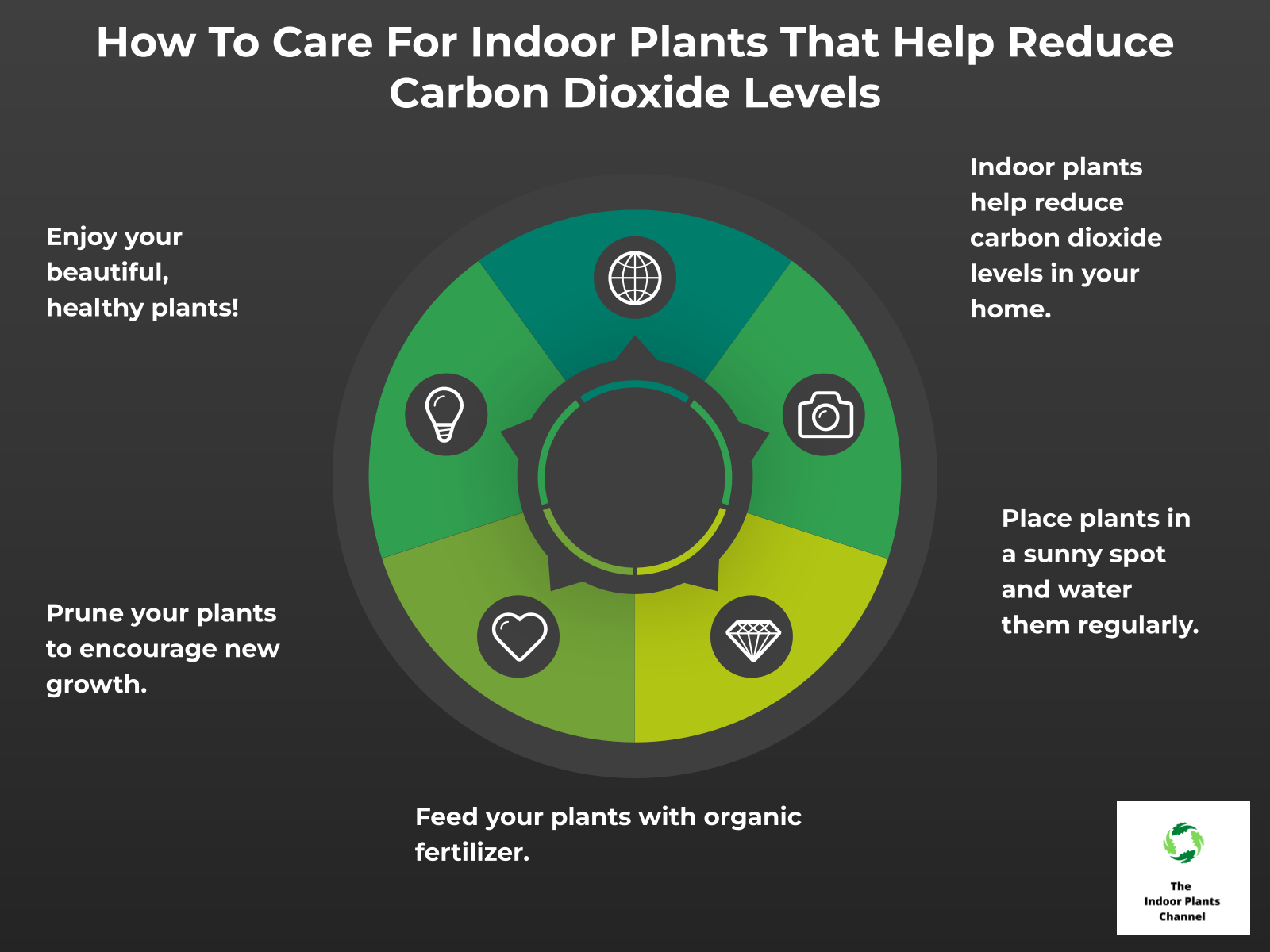
The Best Ways To Use Indoor Plants To Reduce Carbon Dioxide Levels
There are many ways to use indoor plants to reduce carbon dioxide levels. Some of the best ways to do this are by using plants that are known to be good at absorbing carbon dioxide. These plants can be placed in strategic locations around your home or office in order to maximize their ability to reduce carbon dioxide levels.
- Areca palm
- Dragon
- Bamboo
- Rubber plant
- Peace lilies
- Boston fern
By placing these plants in strategic locations around your home or office, you can help to reduce the levels of carbon dioxide in the air and improve the quality of the air you breathe.
Why Indoor Plants Are Effective At Reducing Carbon Dioxide Levels
Indoor plants are effective at reducing carbon dioxide levels for several reasons.
- Plants absorb carbon dioxide and release oxygen through a process called photosynthesis.
- Plants help to improve indoor air quality by filtering out pollutants and emitting fresh oxygen.
- Plants help to regulate humidity levels, which can also improve air quality.
How To Select The Best Indoor Plants For Reducing Carbon Dioxide Levels
There are a few things to consider when selecting the best indoor plants for reducing carbon dioxide levels.
- Consider the size of the room and the amount of sunlight it receives.
- Think about the types of plants that do well in smaller spaces and in low light.
- Choose plants that are known to be effective at reducing carbon dioxide levels.
Quick Tips
- Get plants that are known for reducing carbon dioxide levels.
- Place them in strategic locations around your home.
- Make sure they have enough light and water.
- Keep an eye on them and adjust as needed.
Potted plants can reduce carbon dioxide levels by up to 5% – University of Technology in Sydney.
Conclusion
Indoor plants work effectively in reducing carbon dioxide in your surroundings. As you know, you breathe out carbon dioxide which is harmful to your health. Plants, thereby, breathe in carbon dioxide and give you oxygen which you need for survival.
We’ve listed some of the best indoor plants for reducing carbon dioxide levels, so get them and improve your home’s air quality.
Michelle Wilde
Related posts
5 Comments
Leave a Reply Cancel reply
![]()
About Michelle Wilde
Michelle Wilde is a stay-at-home mom and avid plant lover. Armed with a post-graduate degree in Computer Science (no kidding!), she loves researching plants and landscapes. When she is not caring for her 4 kids, she spends time on her passion for plants. She blogs at www.indoorplantschannel.com, the trusted source for indoor plants.
Learn more
Subscribe
* You will receive the latest posts and updates about indoor plants!
Search
Recent Posts
Categories
- Beginner Guides (10)
- FAQ (206)
- General (2)
- How-To Guides (212)
- Indoor Plants (214)
- Pest Management (2)
- Plant Problem Solutions (4)
- Seasonal Growing (2)
- Specialized Environments (2)
- Specific Plant Care (3)
- Technical Growing (2)

[…] Looking to purify the air in your home and reduce your carbon footprint? Look no further than your own backyard! These 10 common plants are known to help improve air quality and reduce carbon dioxide levels. […]
[…] is another plant that is great for improving concentration. It is known to be effective in reducing carbon dioxide levels and increasing oxygen levels in the […]
[…] to reduce stress is to improve the air quality in your environment. Plants can help to do this by absorbing carbon dioxide and other pollutants and releasing oxygen into the air. They can also help to reduce noise levels […]
[…] produce oxygen and help to remove carbon dioxide and other pollutants from the air. This theory is supported by the fact that people who have plants […]
[…] are a type of plant that are known for their ability to purify the air. The plants absorb carbon dioxide and release oxygen, which can help improve sleep quality. Dracaenas also require very little […]